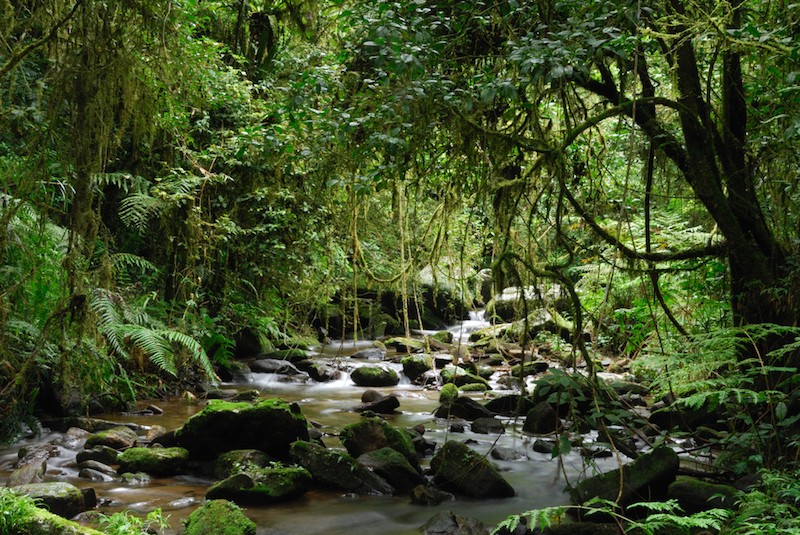Popular Reads
Top Results
Can't find what you're looking for?
View all search resultsPopular Reads
Top Results
Can't find what you're looking for?
View all search resultsNature under assault: Key indicators
Key findings from the "Living Planet" report by World Wildlife Fund and partners.
Change text size
Gift Premium Articles
to Anyone
T
he World Wildlife Fund and partners have tracked population changes in Earth's animal species for decades. News from the latest "Living Planet" report, released Tuesday, is more grim than ever.
Here are key findings:
- Populations crashing -
From 1970 to 2014, the number of animals with a backbone -- birds, reptiles, amphibians, mammals and fish -- plummeted across the globe, on average, by about 60 percent.
For freshwater vertebrates, losses topped 80 percent. Geographically, South and Central America have been hit hardest, with 89 percent less wildlife in 2014 than in 1970.
The WWF Living Planet Index tracks more than 4,000 species spread across nearly 17,000 populations.
Read also: Key points in the UN report on climate change
- Species disappearing -
The index of extinction risk for five major groups -- birds, mammals, amphibians, corals and an ancient family of plants called cycads -- shows an accelerating slide towards oblivion.
Depending on which categories are included, the current rate at which species are going extinct is 100 to 1,000 times greater than only a few centuries ago, when human activity began to alter the planet's biology and chemistry in earnest.
By definition, this means that Earth has entered a mass extinction event, only the sixth in half-a-billion years.
- Boundaries breached -
In 2009, scientists weighed the impact of humanity's expanding appetites on nine processes -- known as Earth systems -- within nature. Each has a critical threshold, the upper limit of a "safe operating space" for our species.
The do-not-cross red line for climate change, for example, is global warming of 1.5 degrees Celsius (2.7 degrees Fahrenheit), according to a new UN report.
So far, we have clearly breached two of these so-called planetary boundaries: species loss, and imbalances in Earth's natural cycles of nitrogen and phosphorous (mainly due to fertiliser use).
For two others, climate and land degradation, we have one foot in the red zone. Ocean acidification and freshwater supply are not far behind. As for new chemical pollutants such as endocrine disruptors, heavy metals, and plastics, we simply don't know yet how much is too much.
More generally, the marginal capacity of Earth's ecosystems to renew themselves has been far outstripped by humanity's ecological footprint, which has nearly tripled in 50 years.
- Forests shrinking -
Nearly 20 percent of the Amazon rainforest, the world's largest, has disappeared in five decades. Tropical deforestation continues unabated, mainly to make way for soy beans, palm oil and cattle.
Globally, between 2000 and 2014, the world lost 920,000 square kilometers of intact or "minimally disturbed" forest, an area roughly the size of Pakistan or France and Germany combined. Satellite data shows the pace of that degradation picked up by 20 percent from 2014 to 2016, compared with the previous 15 years.
Read also: Big brands pledge to turn tide on global plastic waste
- Oceans depleted -
Since 1950, our species has extracted six billion tons of fish, crustaceans, clams, squids and other edible sea creatures. Despite the deployment of increasingly sophisticated fishing technologies, global catches -- 80 percent by industrial fleets -- peaked in 1996 and have been declining since.
Climate change and pollution have killed off half of the world's shallow water coral reefs, which support more than a quarter of marine life. Even if humanity manages to cap global warming at 1.5C -- which many scientists doubt is possible -- coral mortality will likely be 70 to 90 percent.
Coastal mangrove forests, which protect against storm surges made worse by rising seas, have also declined by up to half over the last 50 years.











